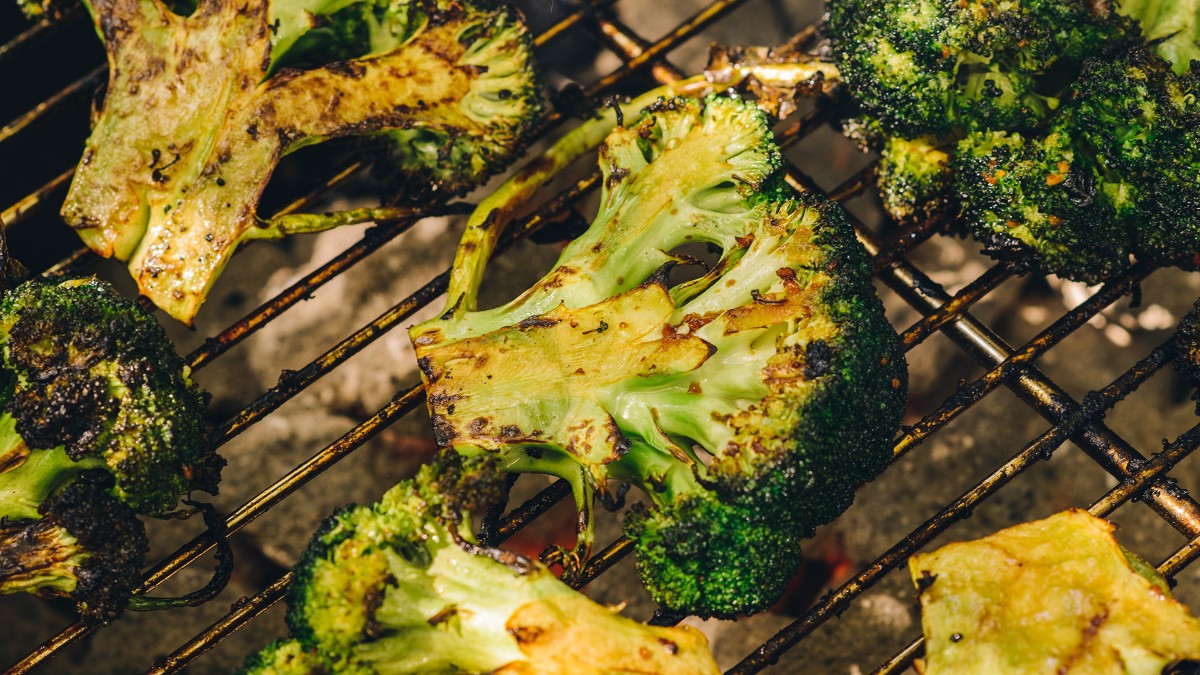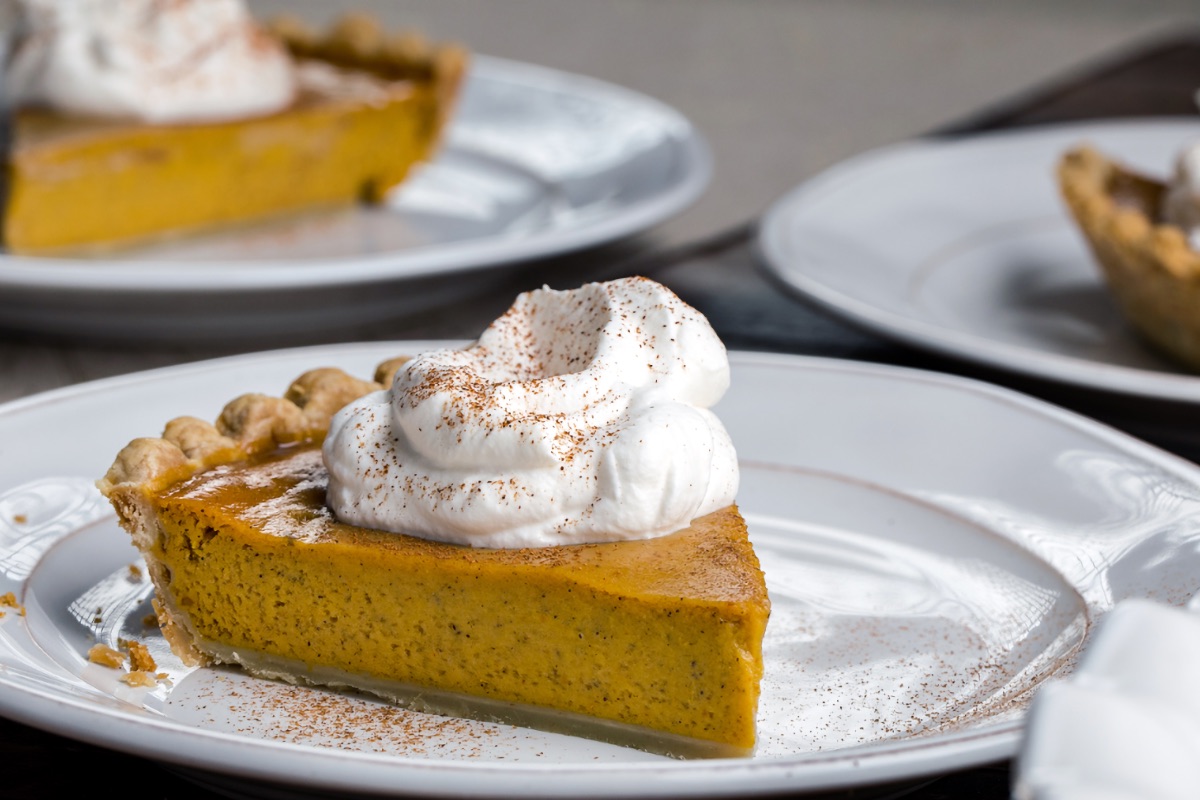Parathas are the stuff of my carb-filled dreams. The soft, layered Indian breads were a staple of my childhood in Dallas—most commonly stuffed with spiced, mashed potatoes and made by my Aunt Rachna. I remember sitting at her kitchen table, mesmerized as she carefully rolled the whole-wheat dough into rounds, expertly sealing an impossible amount of potato filling within each thin disk. Ours were basted in oil or ghee and griddled in a hot cast-iron pan until shimmery and crisp, and we'd either pile them high in the center of the table or, more often, eat them as soon as they came out of the skillet.
Depending on where you are in India or its surrounding countries, "paratha" might mean something entirely different. In some places, they are folded into triangles, in others they're flaky and laminated like croissants, and some cooks blister them in a tandoor. For my Indian-American family in Texas, parathas were a simple, chewy, pancake-shaped disk filled with whatever we had on hand, be it spiced vegetables, mashed chickpeas, or crumbled cheese.
Making the dough from scratch is easy and involves just a few ingredients. And once homemade parathas are sizzled and laid out with spicy and cooling condiments for dipping, it’s impossible to eat just one—so make enough to go around.

The Paratha Essentials
The Dough
Most paratha recipes feature whole-wheat flour, which gives the dough a chewy texture and subtle nutty flavor. Its gluten also helps the resulting dough stretch and prevents it from tearing when you're wrapping it around the filling. Be sure to rest the prepared dough at least 20 minutes to help make it easier to roll thin. You can mix in herbs and spices—we often use chopped fresh cilantro and fennel seed in my family—for a customizable flavor boost.

The Fillings
Parathas don't have to be filled, but they're all the better for it. Thoroughly mash cooked cauliflower and potato fillings to avoid firm bits that might cause the dough to tear. Squeeze out air bubbles when sealing the dough too, as they may pop during rolling.
On the Side
In my family, a meal of parathas isn't complete without yogurt and achar—a briny, often spicy mixed-vegetable condiment—for dipping. While you can make your own, some of the best achars can be found at Indian markets or specialty food stores, or ordered online. Try the sweet-hot garlic achar from Brooklyn Delhi, or the sour mango version from Mother's Recipe brand.
How to Fill and Roll Parathas
Don't fret if your first few tear; they'll still taste great once they're griddled in ghee or oil.

Step 1
Divide both the dough and the filling into 4 equal portions. Roll the filling portions and the dough portions into balls. On a well-floured surface, use a rolling pin to roll out each of the dough balls into 6-inch disks.
Step 2
Working with one paratha at a time, place a single ball of filling in the center of a dough disk. Pull the sides of the dough up and over the ball of filling, stretching gently, until the two edges meet at the top.

Step 3
Pull the remaining two edges of the dough over the top of the ball, as if you were wrapping a small parcel. Pinch the sides of the dough together to seal. This will prevent the filling from escaping as you roll them out.
Step 4
Use a rolling pin to roll the parcel into an 8-inch disk, pressing evenly and taking care not to tear the dough. Repeat filling and rolling until you have four 8-inch filled parathas, then cook as instructed.
This article was written by Priya Krishna from Saveur and was legally licensed through the NewsCred publisher network. Please direct all licensing questions to legal@newscred.com.








